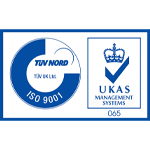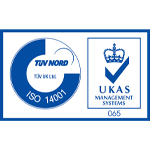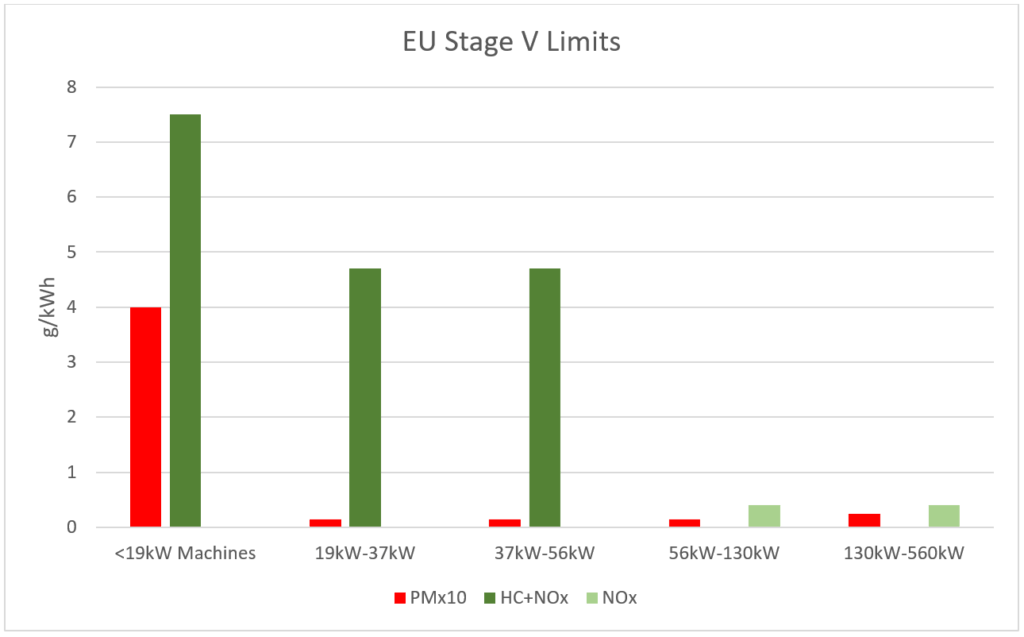Construction machines sold in the UK comply with EU regulations on exhaust emissions. These regulations cover hydrocarbons (HC), carbon monoxide (CO), oxides of nitrogen (NOx) and particulate matter (PM). The limits for each emissions stage are defined by power bands.
New machines should now comply with at least Stage IV requirements. These have lower NOx limits that require SCR on larger machines. Some machines will have both SCR and particulate filters.
Stage IIIa limits, that came in between 2006 and 2008, generally did not require any exhaust aftertreatment. Stage IIIb limits, that came into effect between 2011 and 2013, had a large reduction in particulate levels and a smaller reduction in NOx limits. Some of these machines use filters to meet these limits, some SCR only, while some did not use either filters or SCR but used mostly engine measures to meet the limits.
The smaller engines generally have more relaxed emissions limits and have avoided the use of any exhaust aftertreatment. The graph below shows that, even for Stage V requirements, machine below 19 kW have much higher PM limits than the larger machines that will require filters due to both strict limits on both particulate weight and number. These smaller machines from 2019 will have particulate limits 27 times higher than those for the larger machines and will continue to have relatively high particulate emissions. Before Stage V, there were no set emissions limits for machines less than 19 kW and their exhaust emissions are likely to be relatively high. Because of this, and the fact that small machines are more likely to be used in confined spaces leading to dangerously high concentrations of particulate, we have developed The Particulator as a solution to this problem.
For larger machines not fitted with a particulate filter from new, the Johnson Matthey range of retrofit filters can reduce exhaust particulate to a very low level. BISAF is the UK agent for Johnson Matthey’s range of retrofit DPFs for construction machinery.
Still confused about EU emissions legislation and the exhaust technology used to meet it? Then contact us for further explanation.





